Srivisnu-Caritam in Indian Art and Literature (In 2 Volumes)
he word Visnu is commonly derived in the Puranas from the root vis to enter, entering into or pervading the universe, agreeably to the text of the Vedas "Having created the world he then afterwards enters into it"; undistinguished by place, time or property; । In the Matsya Purana the name alludes to his entering into the mundane egg. The Padma Purana, refers to his entering into or combining with Prakrti as Purusa or spirit: In the Moksadharma of the Mahabharata, (S. 165), the word is said to heave been derived from the root of Vi signifying motion, pervation, production, radiance; or irregularly from Krsna, to go with particle Vi, implying, variously, prefixed. Because this whole world has been by the energy of the deity, he is entitled as Visnu, from the root Vis' to enter' or 'pervade'; for all the gods, the Manus, the seven Rsis, and the Sovereigns of the gods, all are but the impersonated might of Visnu. The lord is also conceived as imperishable, Brahman and Isvara. Brahaman the neuter form, is abstract supreme spirit and Isvara is the deity in his active nature. He is the one who is able to do or leave undone or to anything in any other manner than that in which it is done; He having three qualities is the cause of creation, preservation and destruction; the parent of intellect, nature, and other ingredients of the universe and the source of final emancipation. There is a school of thought which believes that Visnu is partly Aryan, a form of the Sun-God, and partly atleast, the deity, is of Dravadian affinity, as a Sky-god, whose colour was of the blue sky (cf. Tamil, vin, "Sky") and the middle Indo-Aryan or Prakrit form of Visnu, which was vinhu, Venhu (Srinivasa Iyanger, P.T., Life in Ancient India in the Age of the Mantras, p. 125). Sri is to start with; an Aryan divinity, the Indian counterpart of the Goddess connected with the harvest or corn and with wealth, beauty and well-being, whom we find in the Italic world as Cerse among the Latins. But in association with Visnu, as Gaja-Laksmi for instance, she is indigenous and Pre Aryan. Krsna (in Prakrit Kanha, is Tamil Kannan) is a demon opposed to Indra in the Rgvedt, according to P.T. Srinivasa lyanger, and represents partially, at least a Dravadian God of youth, who has later been identified with Visou as an incarnation of his. The Indian Religious scene, projects from the remote past a movement called ahimsa which apparantly was a sever reaction to the animal sacrifice by the Vedic people. This doctrine of ahimsa was adopted by the Buddhists, the Jains and the Vaisnavas. Of the ahimsa of the Buddhists, the Buddha was the main propounder of idology, but the intensity of the same was diluted to a considerable extant, when the Buddha did not object to the offering of meat to him as alms. This single act was subsequently interpreted to mean that in Buddhism, the killing of the animal by some one individually was a taboo and if the flesh of a killed animal was offered, it was not objected to. (Possibly this could be the reason that during my visit to Burma in 1955-56, 1 found to my dismay that there were separate arrangements for the slaughter of animals in some the Buddhist monasteries in and around Rangoon). Then in Buddhism ahimsa did not necessarily mean vegetarianism. In Jainism, however, ahimsa was practiced rather too severely and the Jaina clergy took to the belief that even the smallest insect should not be killed. (I have witnessed a practice among the extremely orthodox Jaina families in Bhopal, who reward financially to a person who could sleep for the night over a bed, full of bed-bugs ostensibly to feed the insects. This practice has practically vanished). The ahimsa of the Jainas necessarily included vegetarianism.
Get it now and save 10%
BECOME A MEMBER

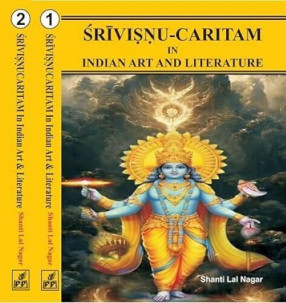
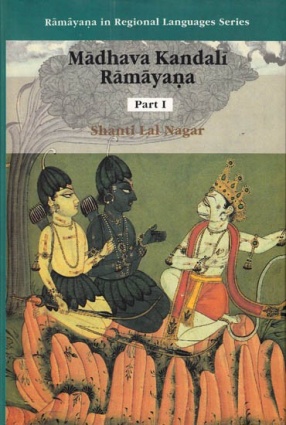
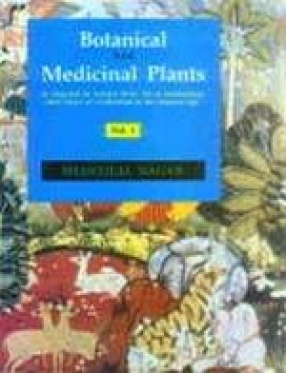
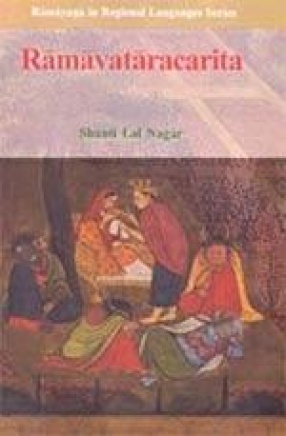
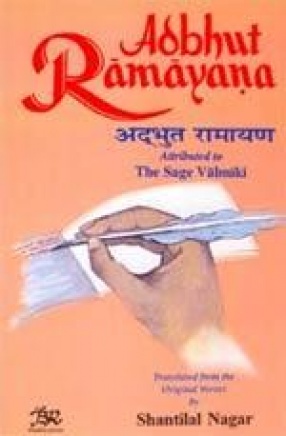
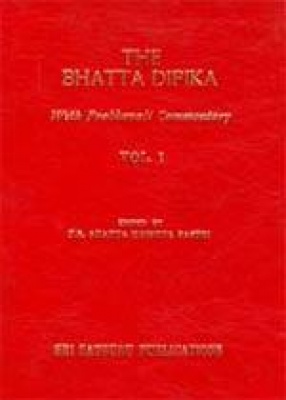

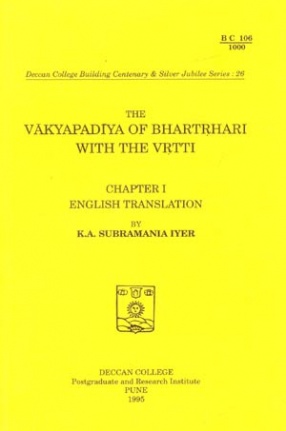
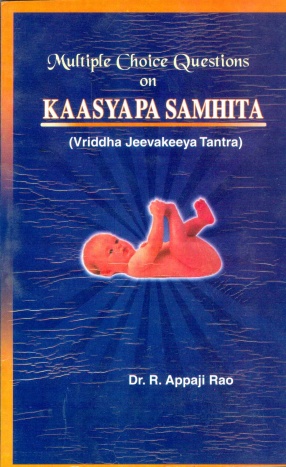

Bibliographic information